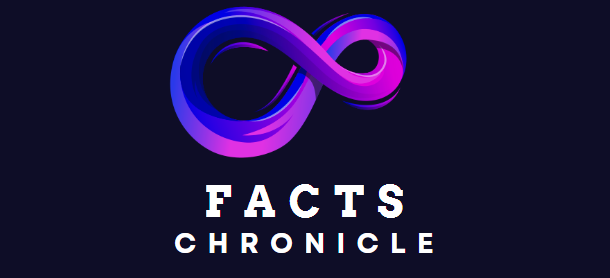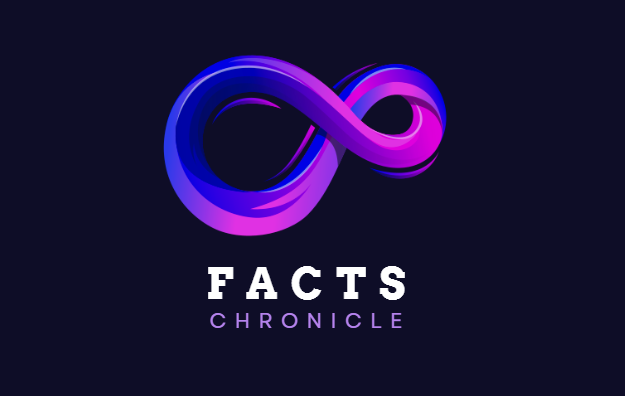ASML, the Netherlands-based chip toolmaking giant, is gearing up for the production rollout of its groundbreaking $350 million “High NA EUV” machine, marking a significant step forward in the chip manufacturing industry. This device, unveiled at the Dutch headquarters of Europe’s largest tech company, is set to cater to industry behemoths like Intel and other manufacturers of top-tier semiconductors.
The High NA EUV represents the next evolutionary leap in extreme ultraviolet (EUV) photolithography, a pivotal technology for producing cutting-edge chips. The machine promises to shrink chip features by up to 40 per cent, significantly enhancing transistor density and marking a major advancement in the industry.
While the economic viability of these high-cost machines may delay widespread adoption until the 2030s, ASML’s CEO Peter Wennink has asserted that the High NA EUV presents cost advantages over its predecessors. This outlook is further supported by Greet Storms, head of ASML’s High NA product management, who anticipates an inflection point around 2026-2027 when clients will transition to volume production.
ASML has already secured between 10 and 20 orders to date, including pilot devices for memory specialists SK Hynix and Micron, with plans to deliver 20 annually by 2028. However, it is worth noting that these machines will not be supplied to China due to export restrictions imposed by the United States.
The anticipated uptake of High NA EUV could bolster ASML’s sales and margins, reinforcing its dominance in lithography systems, crucial for chip manufacturing. This new tool has the potential to revolutionize the chip-making industry, positioning ASML ahead of competitors like Nikon and Canon in lithography technology.
The company’s mastery of EUV, leveraging twin laser pulses to vaporize tin droplets, underscores its technological prowess and commitment to innovation. With the introduction of High NA EUV, ASML aims to enhance resolution and maintain its market leadership with a larger optical system featuring meticulously crafted mirrors by Carl Zeiss.
In conclusion, the development and production rollout of ASML’s High NA EUV machine signify a significant milestone in the chip manufacturing industry. The potential cost advantages over its predecessors, coupled with the anticipated inflection point in client adoption, suggest a promising future for ASML and the industry as a whole.
Opinion:
The technological advancements in the chip-making industry, as exemplified by ASML’s High NA EUV machine, are crucial for driving innovation and meeting the growing demand for advanced semiconductor technology. ASML’s commitment to pushing the boundaries of lithography systems and its ability to stay ahead of competitors bode well for the industry’s future. The potential impact of High NA EUV on chip features and transistor density could pave the way for new possibilities in technology and drive further progress in various sectors. As such, the industry’s readiness to adapt to these advancements will be crucial for realizing the full potential of this groundbreaking technology.


